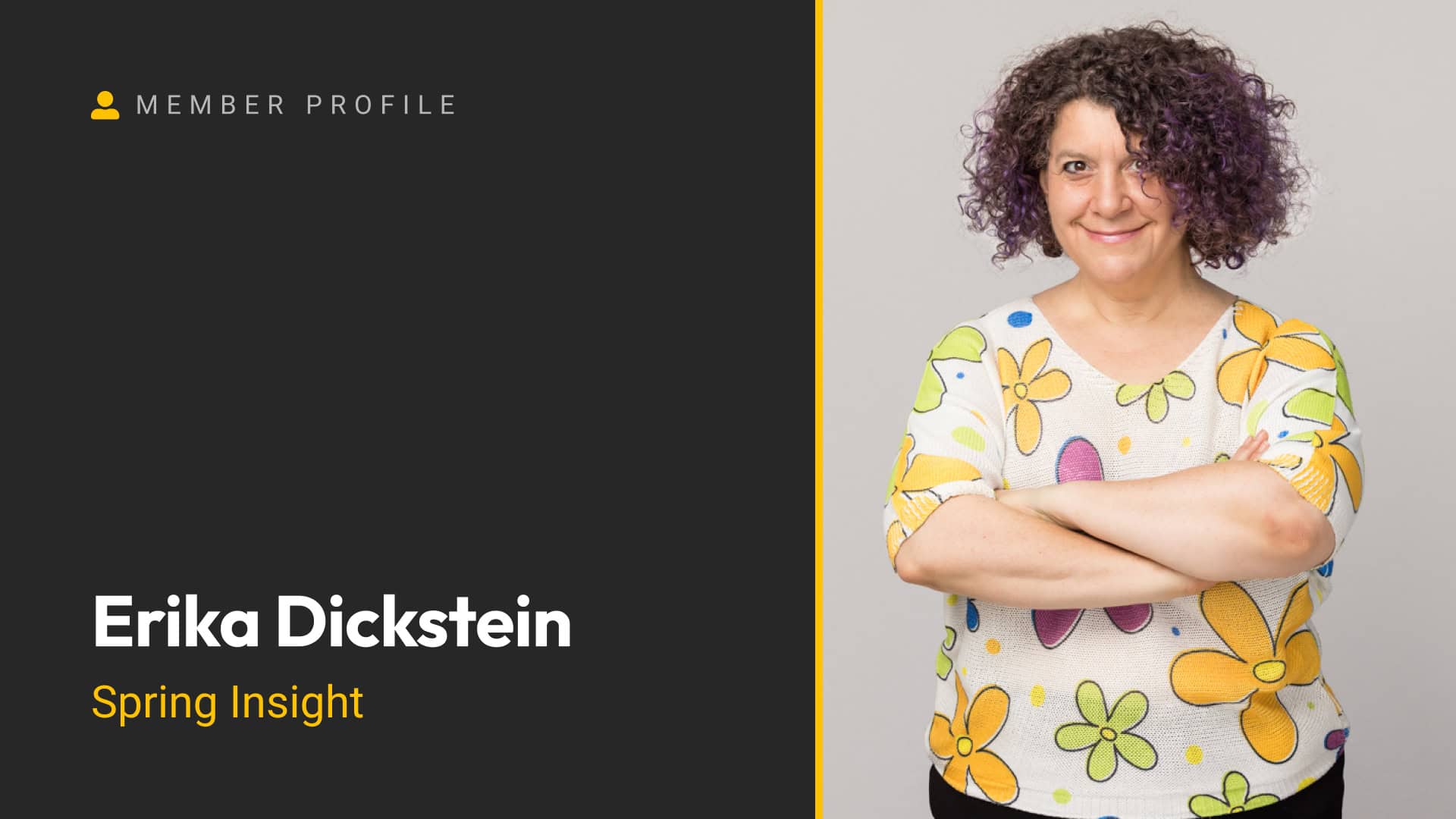Many of us techies are bad at sales. Why? Because we prefer code to conversation and would rather spend eight hours with a laptop than a lead.
So facing a stranger and trying to sell them our services – let alone explain our services – can feel intimidating. It was the part of my job I dreaded, until I reframed it. By approaching each sales meeting with empathy, I close around 98% of potential clients.
Understand that this is not a sales strategy, tactic, or manipulation. It’s changing your mindset from selling a service to connecting with another person. Empathy is defined as the ability to understand and share the feelings of another. It’s understanding their situation and showing them you care, not just documenting their issues and providing a solution.
The Key is to Build Connections
Especially now in the age of AI, your humanity is an asset! In neuroscience, each human connection releases dopamine, which makes them feel good about themselves and about you. You’re going to de-focus the website and re-focus your meeting on getting to know them as a person, and the company. Instead of closing a deal, communicate like you’re at a neighborhood barbecue, making a new friend.
Imagine the project from their perspective: they’re probably not technical, but have the burden of finding someone for one of the most important pieces of marketing for their business. It’s likely they don’t even know the right questions to ask, and they’re meeting with a stranger (or acquaintance) who wants thousands of their dollars. Yes, your credentials are important, but they’ll ultimately make their decision based on how they feel about you.
But First: Can they Afford You?
I had an acquaintance who owned a successful local business and wanted me to redesign their site. It was an awful, old HTML site that was not even mobile responsive. I couldn’t wait to get my hands on it! She invited me to breakfast to talk about the project, and I assumed she’d already read my site and knew my rates. But even before we ordered our food, she asked me the dreaded, “So what do you charge for a website?” (Aside: I have a whole post about this question on my site.)
When I answered with my base rate, she physically gasped and dropped her menu. So awkward. And then we had to eat breakfast together while she choked on most of her food, avoiding eye contact.
This is when I decided to get all the numbers out up front to filter out those who cannot afford my rates. As developers, we know that users often skim sites, so confirming that they’ve seen your rates can save you from that awkward gasp.
When I respond to any web inquiry, I make sure they’re aware of my fee structure with something like, “My base fee is $x, and goes up from there depending on the size and functionality of the site.”
Before the Call
Conduct some background research on the company, the website, and the person you’re meeting with. Find some things you might have in common. Watch their videos, read their articles. Check their Linked-In and other social accounts. The more prepared you are, the more confident you’ll be going into the call. It’s not stalking, it’s research!
Then to mentally prepare for the meeting, set your objectives:
- To get to know each other as individuals
- To learn about the company and its history
- To gather their goals for the website
- To let them know you’ll take care of them
Your Opener: Connecting Person-to-Person
Once you’re on the call, instead of “how are you” or “how’s the weather where you are,” start with a fun, unexpected question or statement. “Do anything exciting this weekend?” or a positive statement like, “I was excited to get your email,” and say something related to their business. “I had no idea there was a crypto farm up here in the mountains! That’s so cool.”
Your first goal is to concentrate on getting to know the person as an individual. How long have they worked for the company? What do they love about it? Did they grow up in the area? Mention something you have in common. “I saw on your LinkedIn that you just got back from Scotland! My daughter and I went there in June.” DING->CONNECTION.
Gather Info About the Company
Then you want to ask about the company. “Tell me about the company’s origin story…” “What are your advantages over your competitors?” Similar to a job interview, the questions you ask will impress them more than a sales pitch. Take notes.
I had an inquiry from a man who designed a very specific machinery part to keep conveyor belts from jamming. At first I thought, yawn, how am I going to connect with this? But then he told me how they started: he and his son worked in a factory, and found that the conveyor belts kept jamming at a certain point. They worked for a year in their garage and invented a gadget to solve this problem. It was a success, and now they have clients all over the world! I said something like, “That’s awesome you get to work with your son. I have a family business and sometimes we fight like kids, but ultimately it’s brought us closer.” DING->CONNECTION.
Notice I didn’t focus on the gadget, the company, or the website. I zeroed in on working with his son. Connecting about a connection. Double dopamine!
Tell Me About the Website
Ask them what they imagine their ideal site would look like, what has to be on it, what they don’t like about their current site (if there is one). What’s on their wish list? Are there sites that have impressed them with design? You don’t have to get into the nitty gritty tech stuff, just an overall feel.
During this part of the conversation, you can start relating your credentials and expertise. For example, if they want a membership site, I would say “I’ve built and managed membership sites for over five years… I agree this would be a good boost for your business.” Agree is also a connection word. We’re doing this together.
I’ll Take Care of You
These 5 simple words are magic in the sales process. Remember, the potential client is carrying the burden of this project. You want them to know you can and will handle it. You have the power to take this off of their shoulders. You might even hear an audible sigh of relief.
A real estate agent contacted me for a site redesign. In the initial inquiry form, all I had was her name, contact info, and site address. The site actually looked decent and was already on WordPress, so I was curious why she wanted to change it. After speaking with her, I found out her husband had just recently died and he was the one who had created and managed her website. She didn’t have any logins, didn’t know the host, or registrar. She was overwhelmed.
I had already looked up the host and registrar, so I told her I already had that information and to not worry, I can take care of everything. I also related my recent loss, and instead of saying, “So sorry about your husband,” I said, “You know, even though it’s been a year since I lost my sister, grief comes in waves. Up and down – one minute you’re fine, and then you’re not. I get it.”
I wasn’t manipulating her, I sincerely wanted her to know that I’m human, she’s human, and I understand what she’s going through.
Wrapping it Up
Hopefully by this time you’ve made several DING->CONNECTIONS during the meeting, you feel like you’ve made a new friend, and they feel the same. I will ask if they have any questions for me and they usually ask about the process or next steps.
Close the call by explaining next steps, thanking them for the opportunity, and how great it was to connect with them (use the word).
If you’ve done all of the above and have made a real connection, sometimes they’ll even say “hired” before the meeting ends. But if not, then make sure you send the numbers within the next 24 hours. You want them still riding high on the positive feelings they had during the meeting.
Sold!
Changing my own mindset from selling a website to making a human connection has noticeably increased my success rate in closing. And the additional benefit is that once they become a client, we’ve already laid the groundwork for a positive working relationship.
_______________
No AI was used in this article






